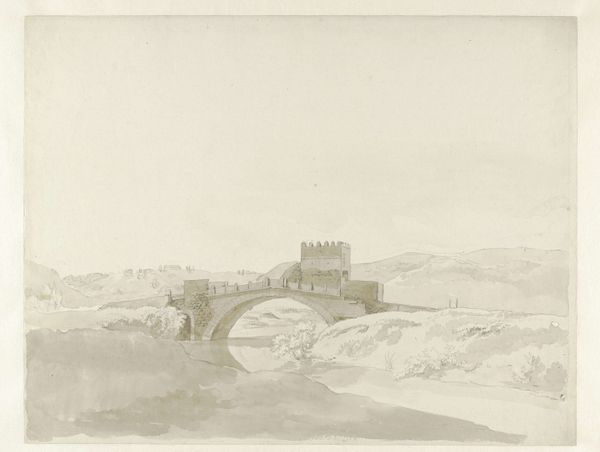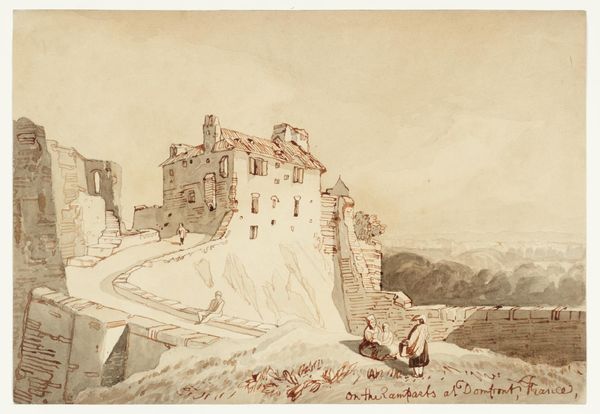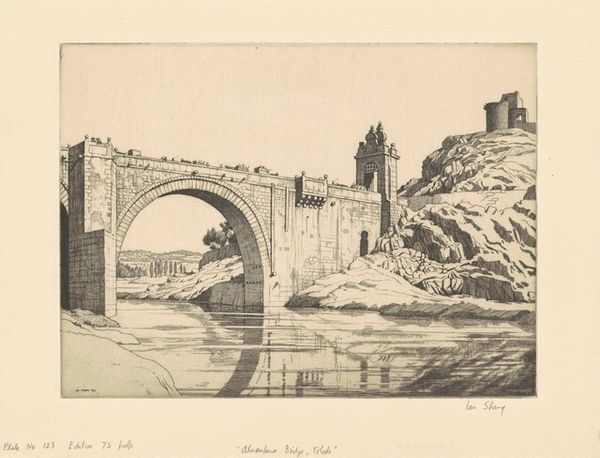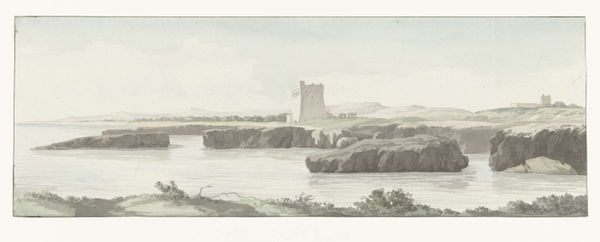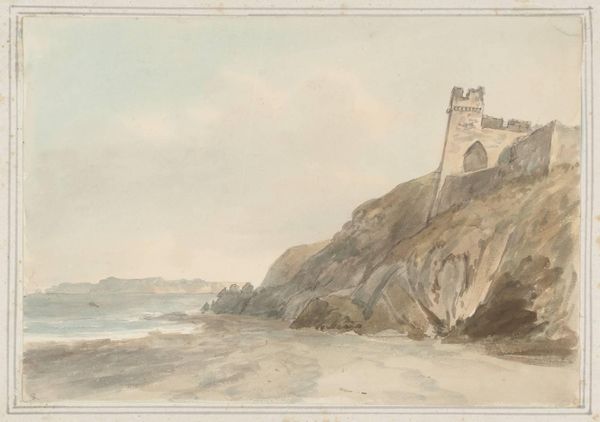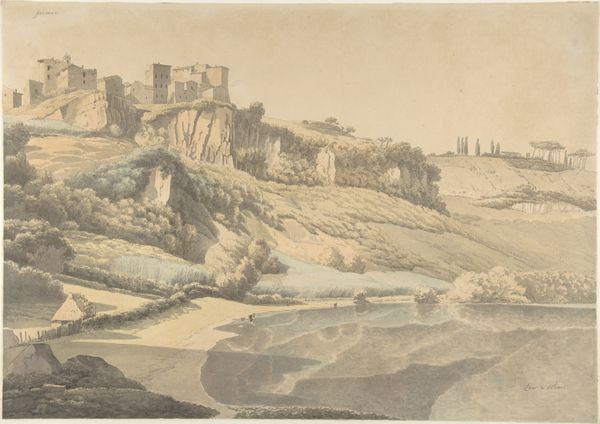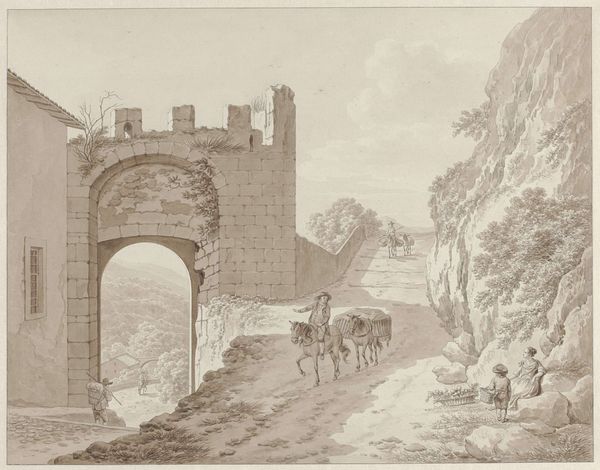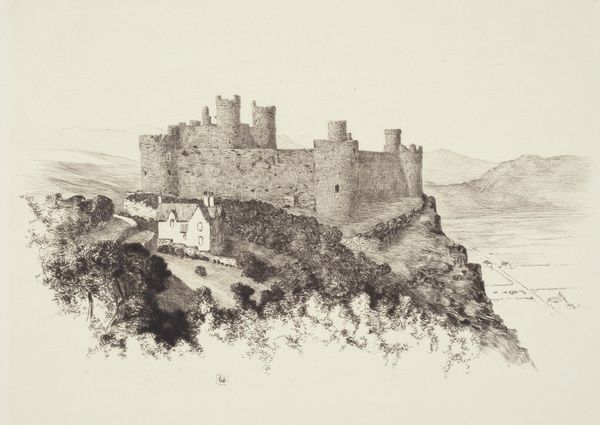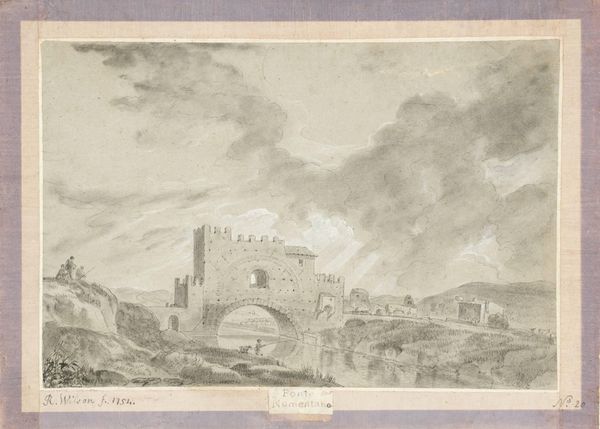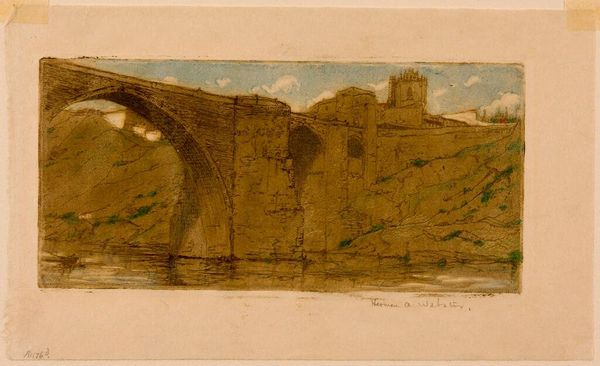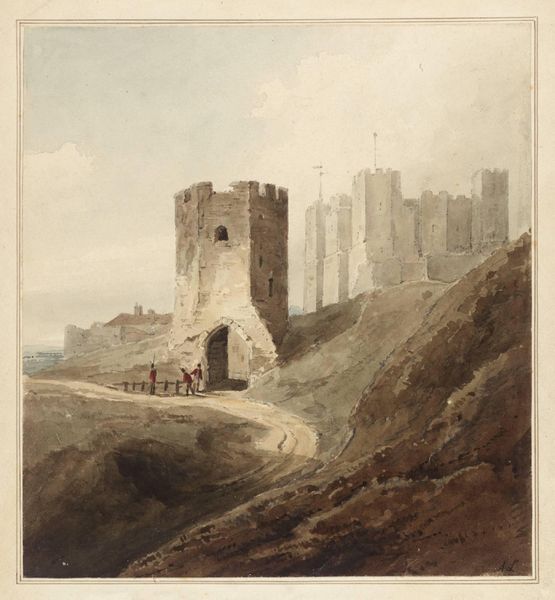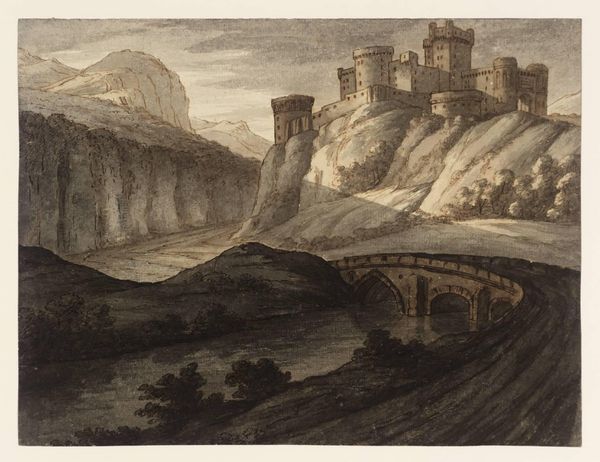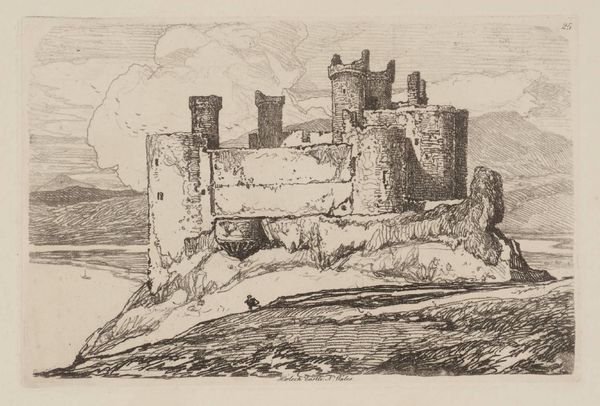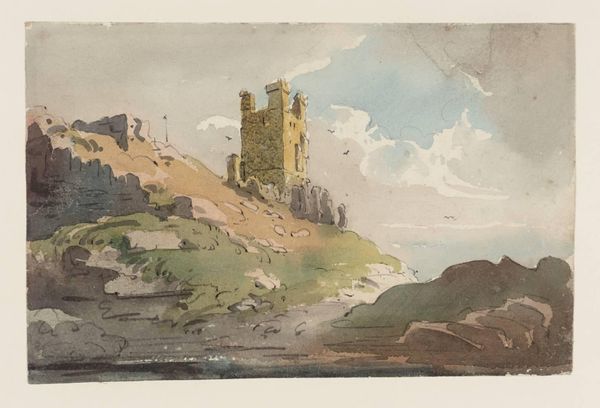
plein-air, watercolor
#
plein-air
#
landscape
#
watercolor
#
romanticism
#
cityscape
#
realism
Dimensions: height 423 mm, width 591 mm
Copyright: Rijks Museum: Open Domain
Josephus Augustus Knip created "The Ponte Salario, near Rome" using watercolor, likely in the early 19th century. During this period, the representation of landscapes became a way to express national identity and cultural pride. Knip, who experienced periods of blindness, infuses a particular sensitivity into his rendering of the bridge. There's a palpable stillness in the scene, which invites contemplation on themes of connection and transition. Bridges, literally and metaphorically, symbolize a link between disparate places. Here, the Ponte Salario not only spans a river but also bridges past and present. The figures atop the bridge are anonymous, yet their presence underscores the bridge’s function as a site of human activity. This watercolor emphasizes the emotional and sensory experience of place. Knip’s work reminds us to reflect on how we, too, are connected to both our histories and our landscapes.
Comments
rijksmuseum about 2 years ago
⋮
The original Ponte Salario, spanning the River Aniene north of Rome, was built by the Etruscans. This road bridge was an important link in the northern route to Rome and so was battered repeatedly in the course of its long history. The present bridge dates from 1930; all remains of the old bridge have vanished.
Join the conversation
Join millions of artists and users on Artera today and experience the ultimate creative platform.
